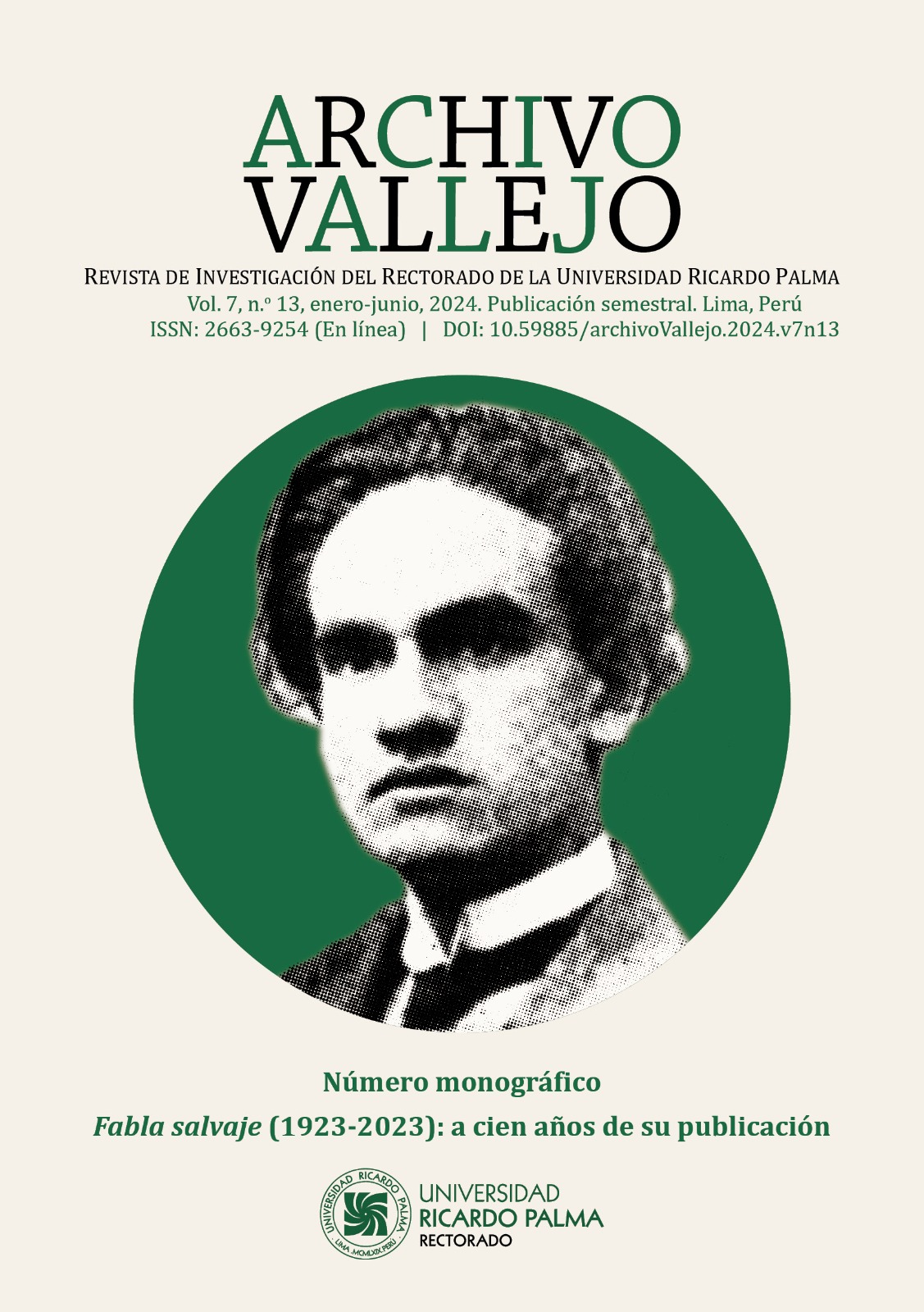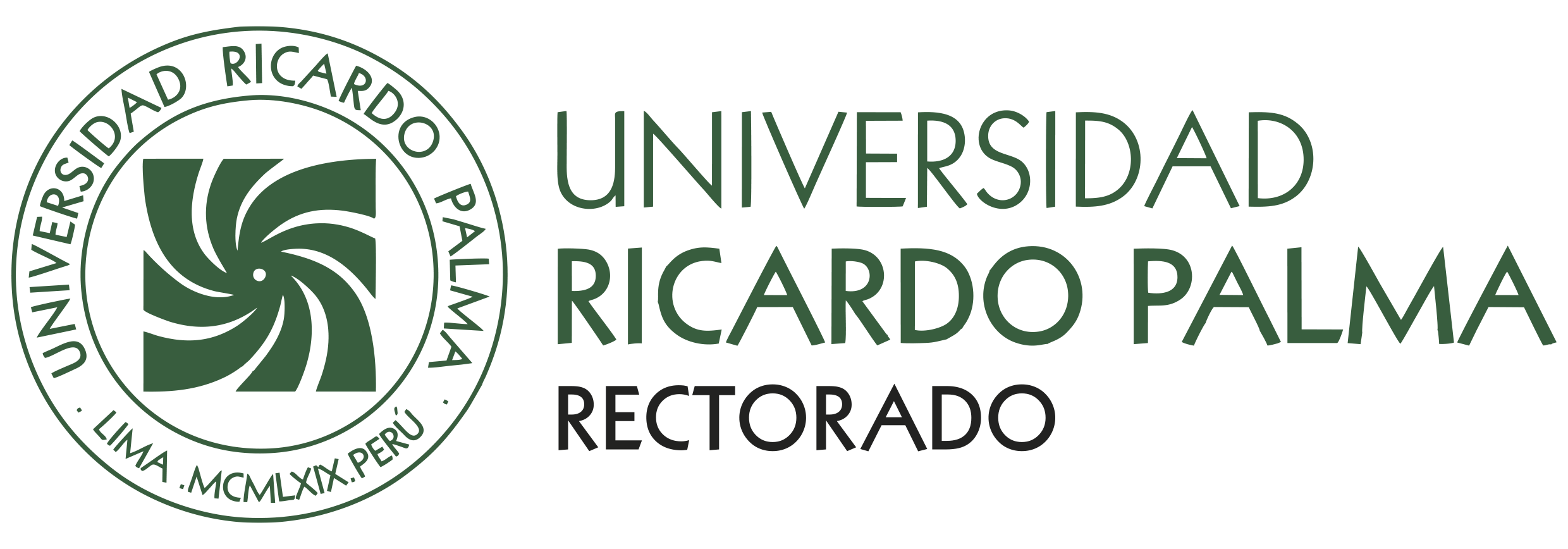«How they had beaten him!»: the disappearance of childhood in César Vallejo’s short stories
DOI:
https://doi.org/10.59885/archivoVallejo.2024.v7n13.10Keywords:
César Vallejo, «Paco Yunque», «El vencedor», childhood, aggressiveness, bodyAbstract
César Vallejo’s latest narratives are sources for tracing his perspective on school and childhood, topics that have been interpreted from a sociological, political and cultural orientation. This article analyses and interprets the significance of childhood in Vallejo’s stories from the premises of tensional semiotics. The idea that guides this study is that, in the stories «Paco Yunque» and «El vencedor», the corporeality of the actors configures and warns of the disappearance of childhood. For this purpose, we will first present the trajectory of César Vallejo’s narrative and the critical views on his stories belonging to the period 1931- 1936; then we will explain the dimensions of the actant-body from the semiotic guidelines of Jacques Fontanille; subsequently, we will analyse and interpret the significance of the body in the stories mentioned; and, finally, we will reflect on the importance of knowing the complex affectivity of childhood and its implications in the educational scenario.
References
Castagnino, R. (1970). Dos narraciones de César Vallejo. Revista Iberoamericana, 36(71), 321-339. https://doi.org/10.5195/reviberoamer.1970.2859
Eslava, J. (2013). «Paco Yunque» y «El vencedor». La escuela, lugar de protesta. En G. Flores (ed.), Literatura peruana infantil y juvenil (pp. 37-46). Fondo Editorial de la Academia Peruana de la Lengua; Facultad de Letras y Ciencias Humanas de la Universidad Nacional Mayor de San Marcos; Editorial San Marcos.
Fontanille, J. (2017). Cuerpo y sentido. Fondo Editorial de la Universidad de Lima.
González Montes, A. (1993). La narrativa de César Vallejo. En R. González Vigil (ed.), Intensidad y altura de César Vallejo (pp. 221-263). Pontificia Universidad Católica del Perú, Fondo Editorial.
González Montes, A. (2011). Prólogo. En C. Vallejo, Cuentos y novelas (pp. 9-49). Fondo Editorial de la Universidad de Ciencias y Humanidades.
González Vigil, R. (1998). Prólogo. En C. Vallejo, Novelas y cuentos completos (pp. 7-25). Ediciones Copé.
Josiowicz, A. (2019). La infancia rural en César Vallejo: renovación cultural y crítica social. Artelogie, (14), 1-16. https://doi.org/10.4000/artelogie.4020
Olascoaga, J. (2009). El mundo andino en la obra de César Vallejo [Tesis doctoral, Universidad Tecnológica de Texas]. http://hdl.handle.net/2346/13113
Rodríguez Chávez, I. (2006). Vallejo al pie del orbe. Editorial Universitaria.
Silva-Santisteban, R. (2016). César Vallejo y su creación literaria. Cátedra Vallejo.
Sobrevilla, D. (1994). César Vallejo, poeta nacional y universal y otros trabajos. Amaru Editores.
Valenzuela, J. (2014). El primer cuento marxista para niños en el Perú: El caso de «Paco Yunque» de César Vallejo. Atenea, (509), 211-225.
Vallejo, C. (2011). Cuentos y novelas. Fondo Editorial de la Universidad de Ciencias y Humanidades.
Vallejo, C. (1991). Obras completas. Tomo I: Obra poética. (edición crítica de R. González Vigil). Banco de Crédito del Perú.
Wiener, C. (2006). Vallejo y «El doble» y su última narrativa. En C. E. Zavaleta, La prosa de César Vallejo (pp. 193-204). Editorial San Marcos.
Zavaleta, C. E. (2006). La prosa de César Vallejo. Editorial San Marcos.
Downloads
Published
How to Cite
Issue
Section
License
Copyright (c) 2024 Miguel Ángel Carhuaricra Anco

This work is licensed under a Creative Commons Attribution 4.0 International License.
Los contenidos publicados en la revista están bajo una licencia CC-BY 4.0, la cual permite:
- Compartir, copiar y redistribuir el material en cualquier medio o formato.
- Adaptar, remezclar, transformar y construir a partir del material para cualquier propósito, incluso comercialmente.
Bajo los siguientes términos:
- Atribución. Usted debe dar crédito de manera adecuada, brindar un enlace a la licencia, e indicar si se han realizado cambios. Puede hacerlo en cualquier forma razonable, pero no de forma tal que sugiera que usted o su uso tienen el apoyo de la licenciante.















